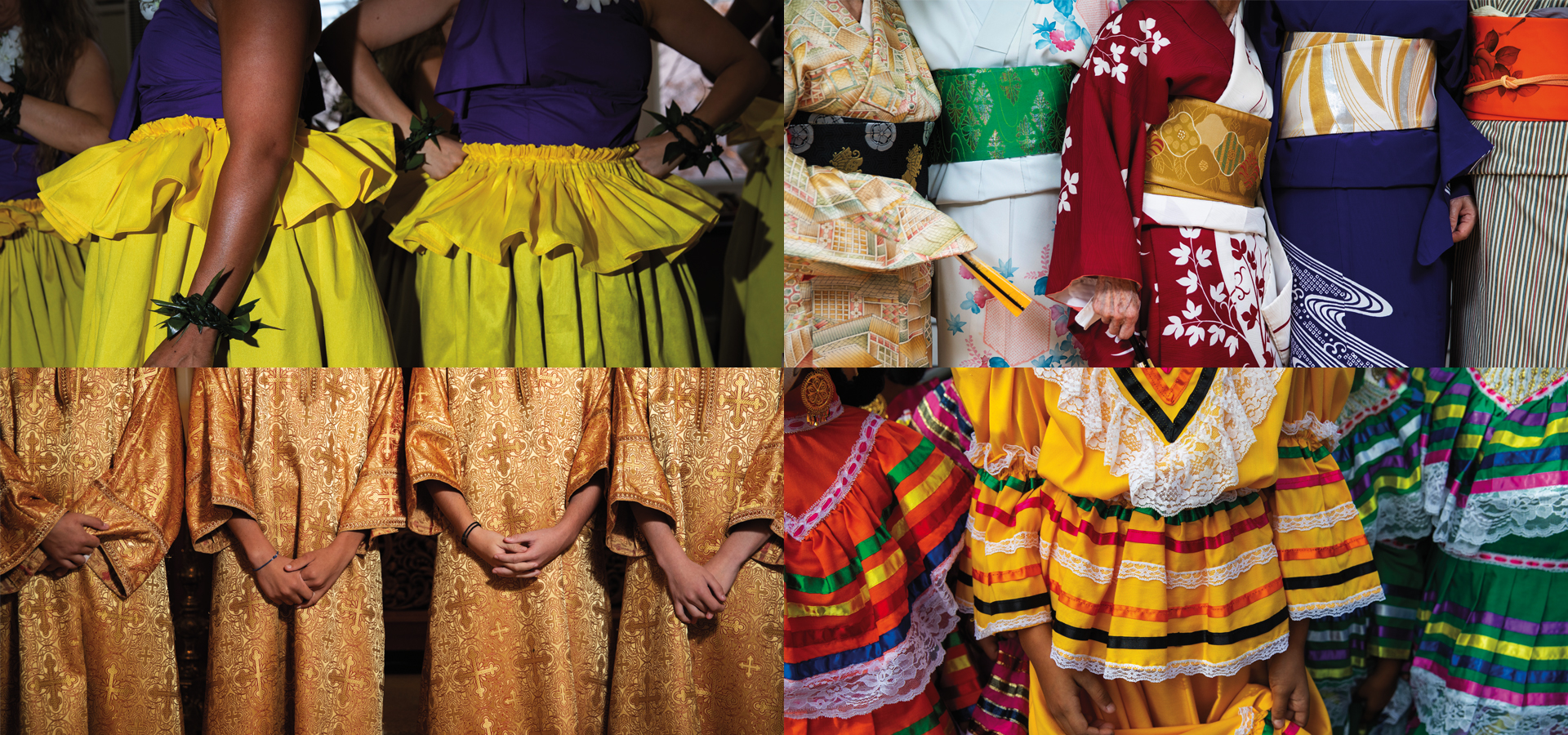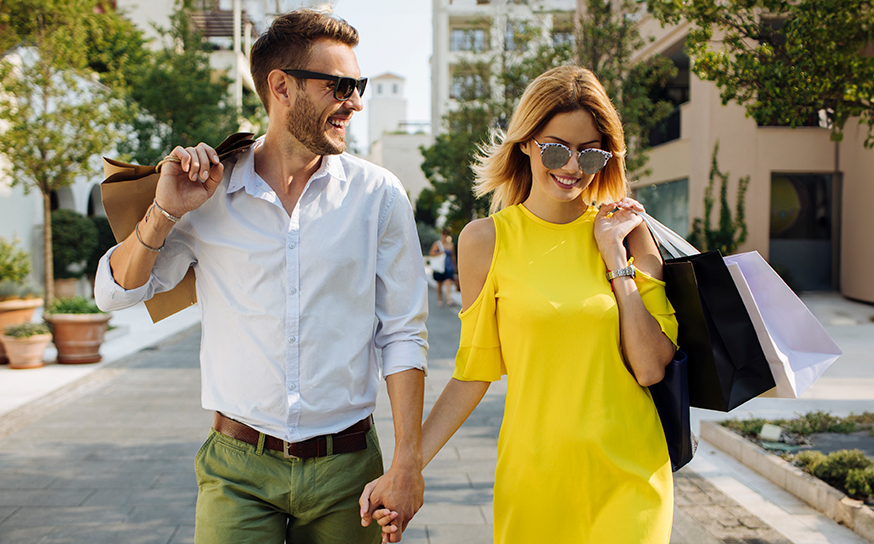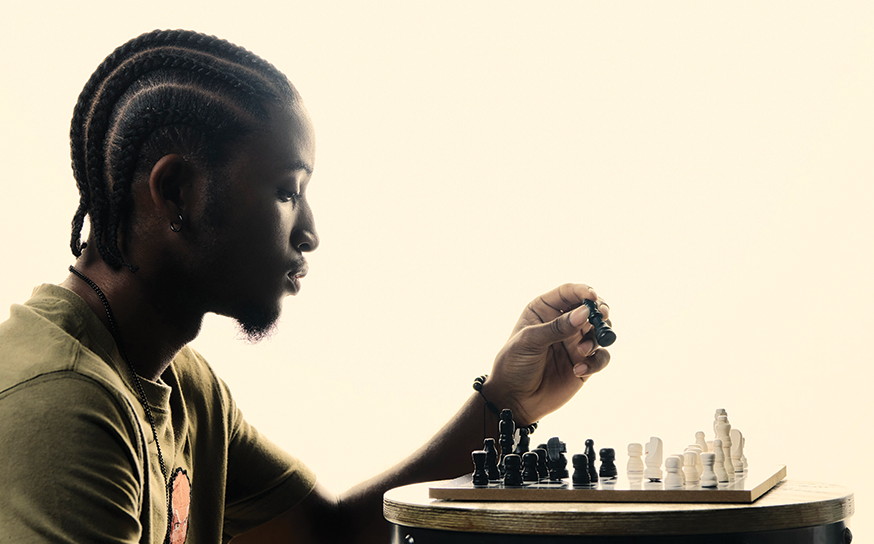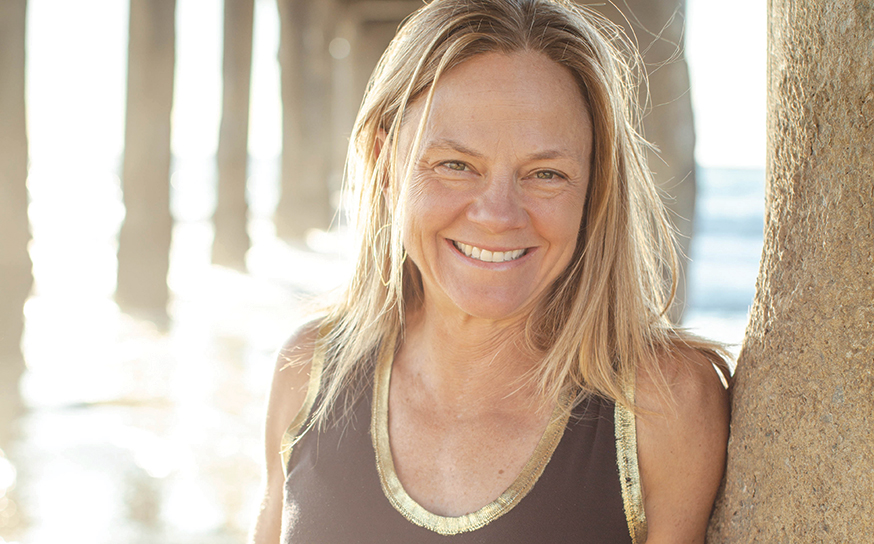Exploring the South Bay’s rich international traditions
It’s a world of good
- CategoryPeople
- Photographed byNancy Pastor
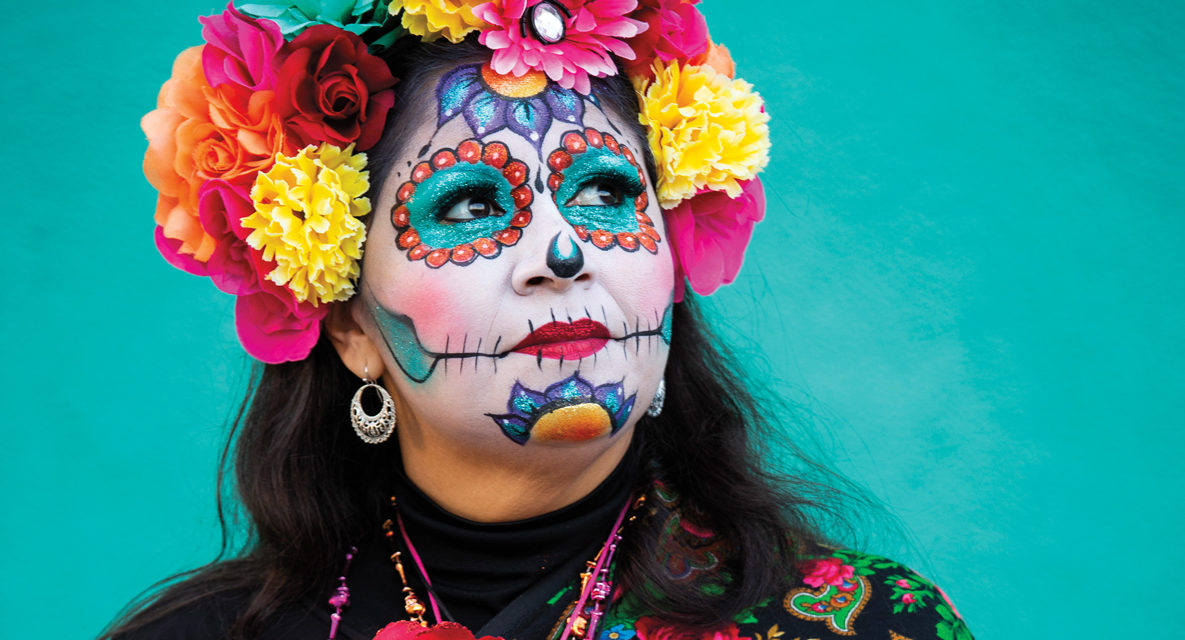
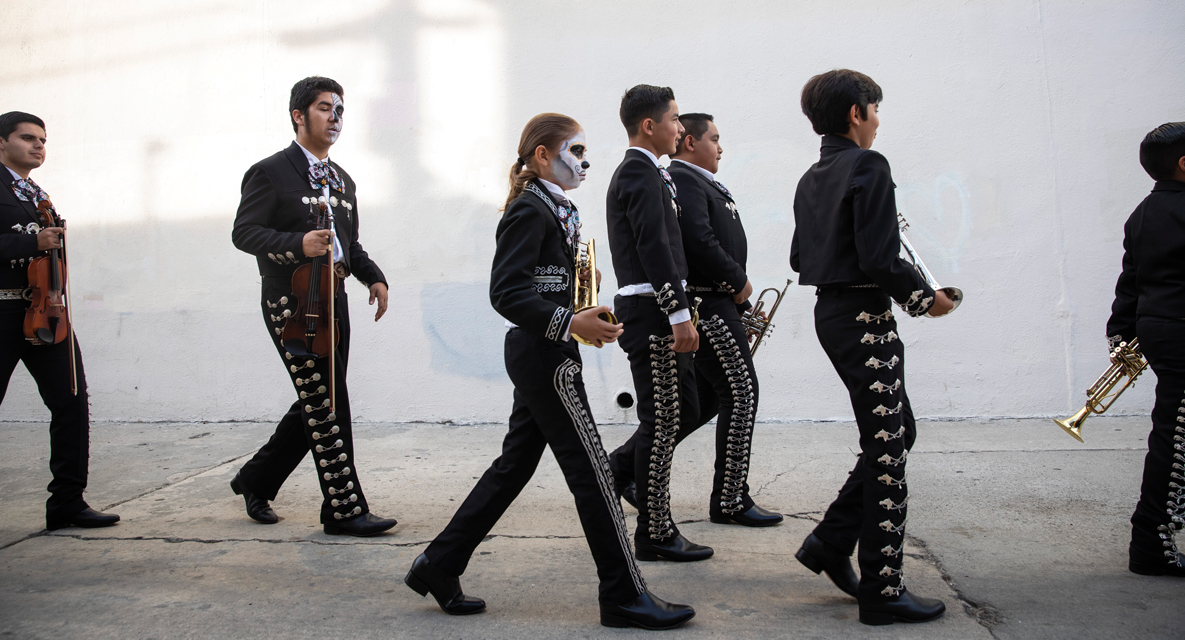
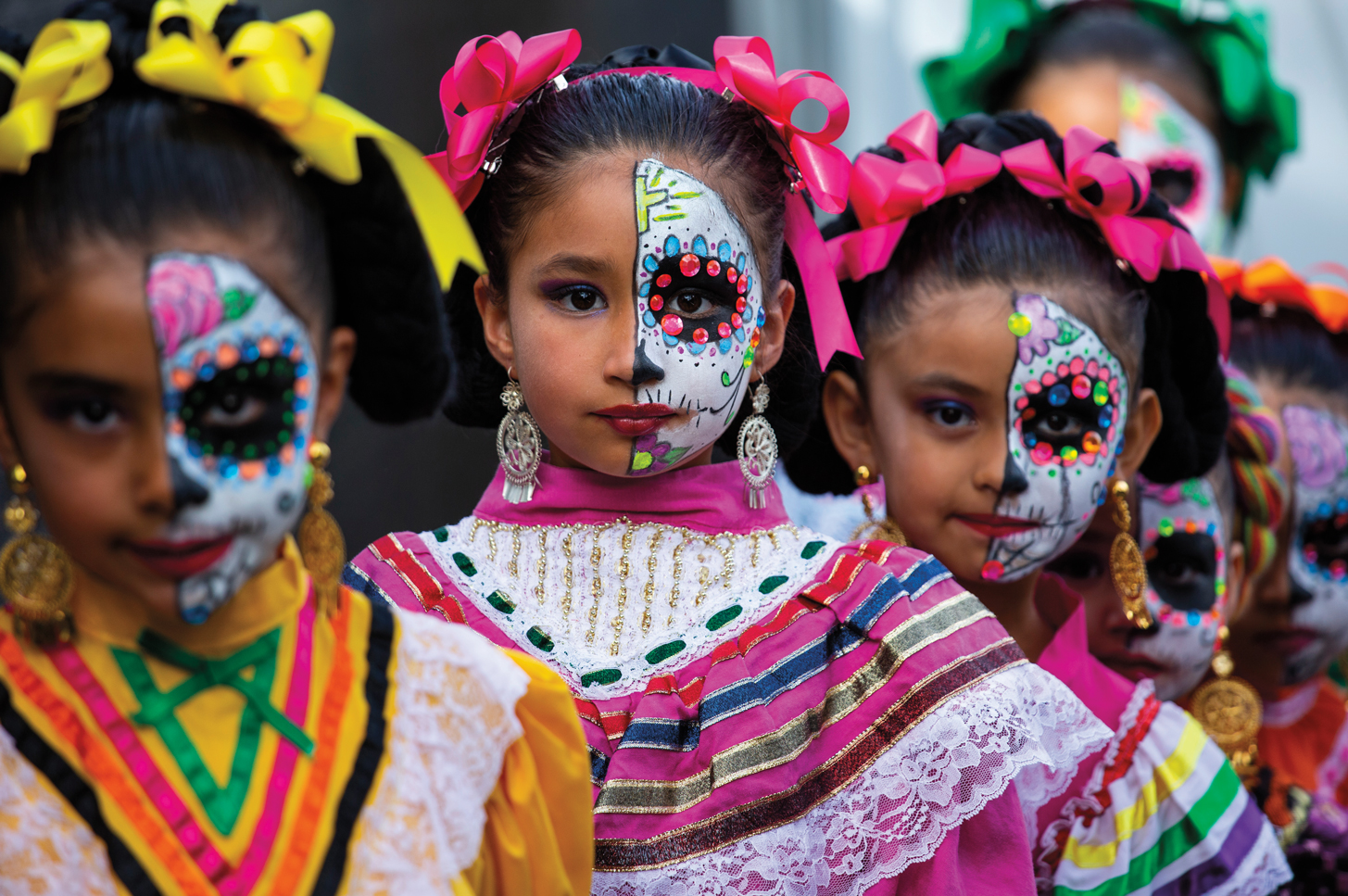
On Día de los Muertos, historic Downtown San Pedro comes alive with arts, culture, cuisine and live entertainment. This holiday is not a Mexican version of Halloween. In fact, they differ in both tradition and tone. The Day of the Dead is less about darkness and horror and more about color and joy. Family members honor the memory of their departed relatives with offering, parades, parties, costumes, song and dance. It’s believed that this holiday originated several thousand years ago with the Aztec, Toltec and other Nahua people. Death was considered a natural phase in life’s long continuum. On this day, they temporarily return to earth. The calaveras, or skulls, dominate much of this celebration of both life and death. Captured here, Academía de Mariachi and Folklorico Nadino, a San Pedro dance group, performed at this year’s celebration.
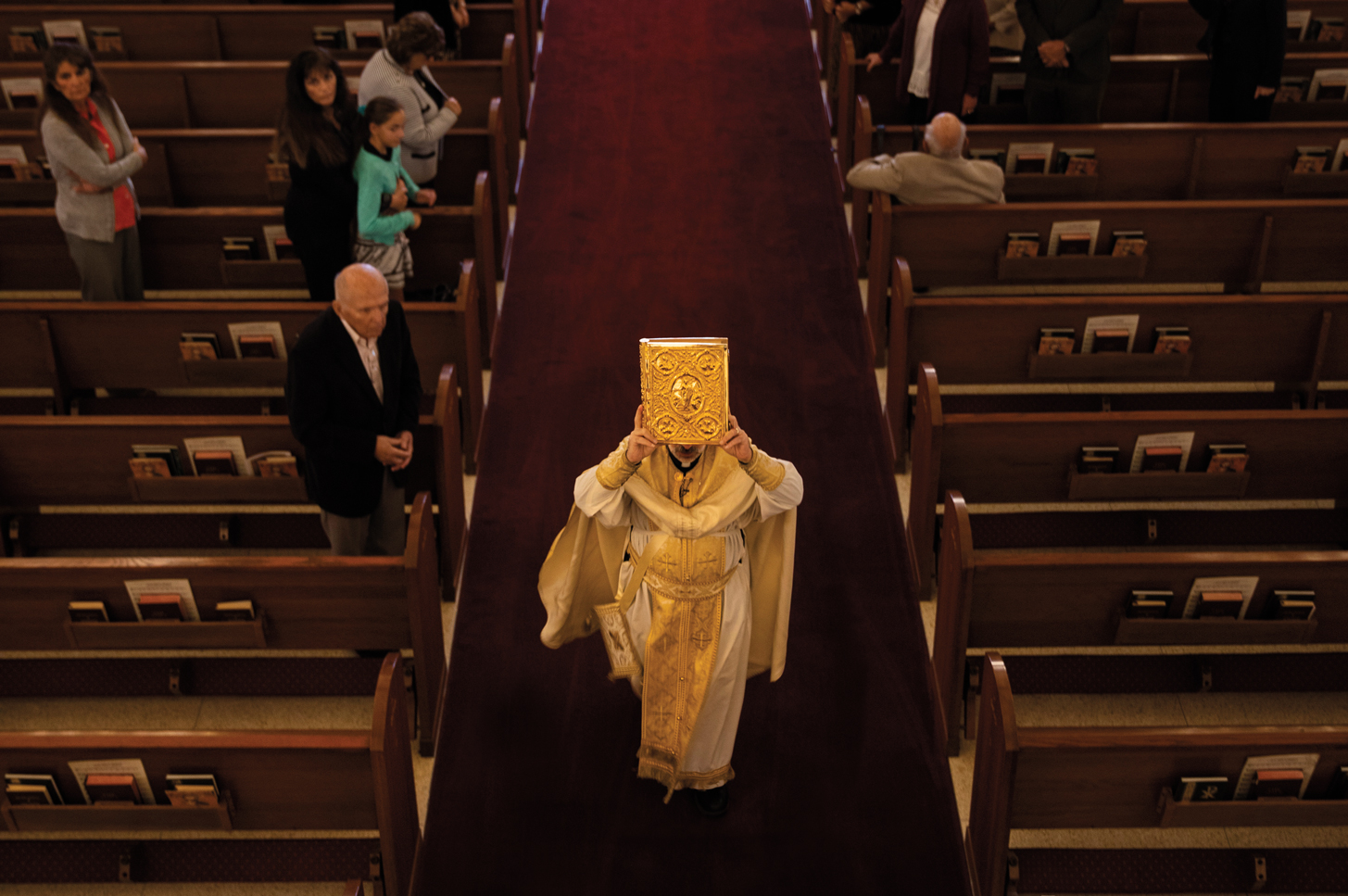
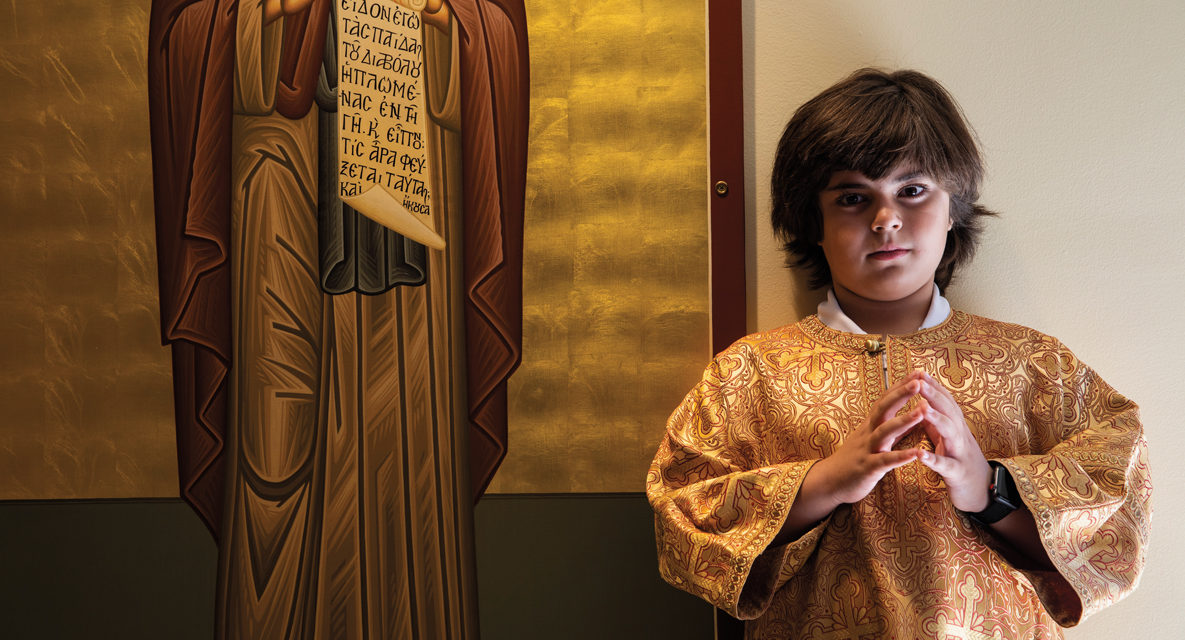
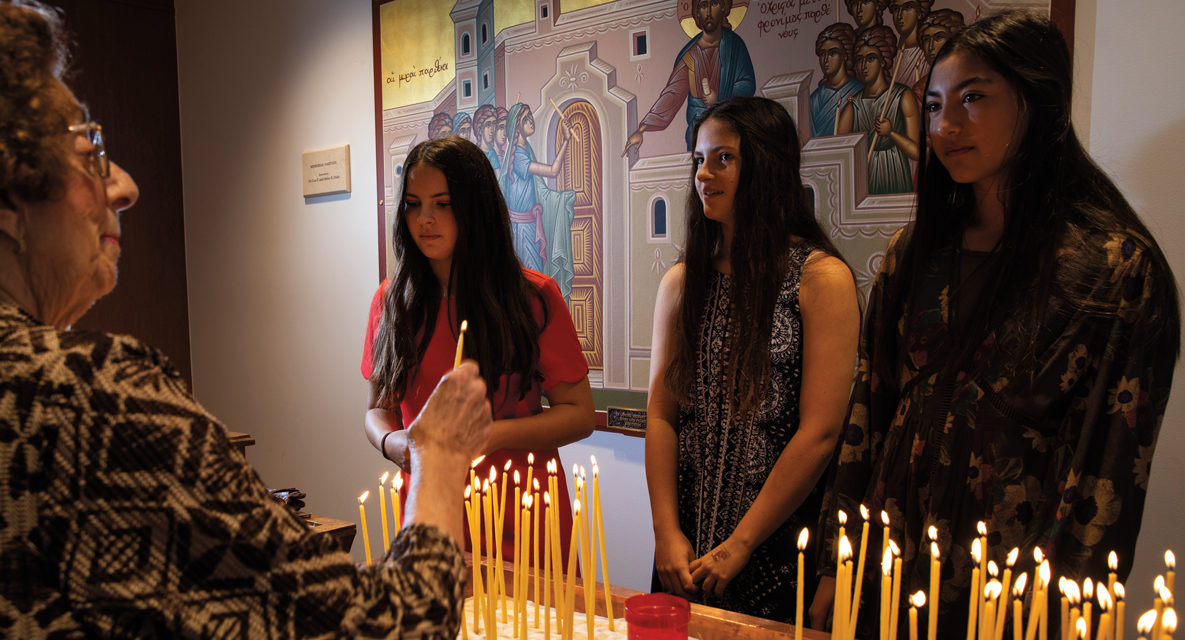
The Greek community in the South Bay began in the early part of the 20th century, but they didn’t have a church of their own until St. Katherine Greek Orthodox Church in Redondo Beach was completed in 1963. As an important center for families and children, the church initiated such programs as Greek Orthodox Youth of America (GOYA), a Greek language school and a Folk Dance Federation. These activities continue to thrive and flourish on Knob Hill. The youth also serve in the annual festival, a community staple for over 50 years. “Philoptimo is a very important word for Greeks,” shares longtime church member Dr. Jim Dimitriou. “It means hospitality and pride in sharing one›s culture, religion and traditions together. That is the magic of our festival over the years.”
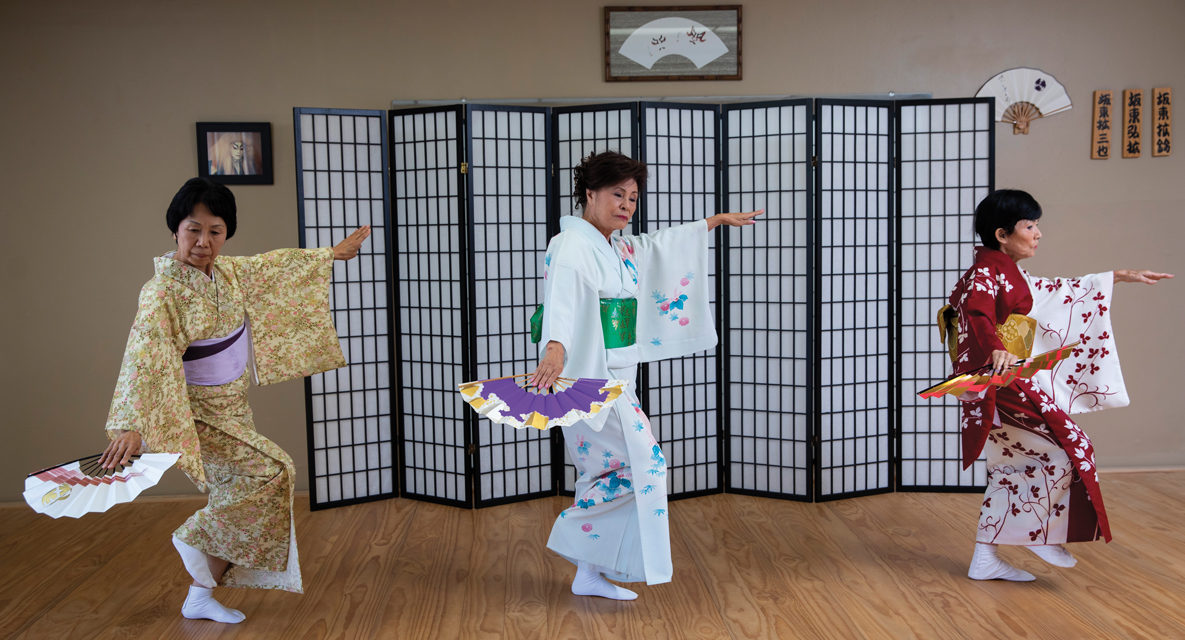
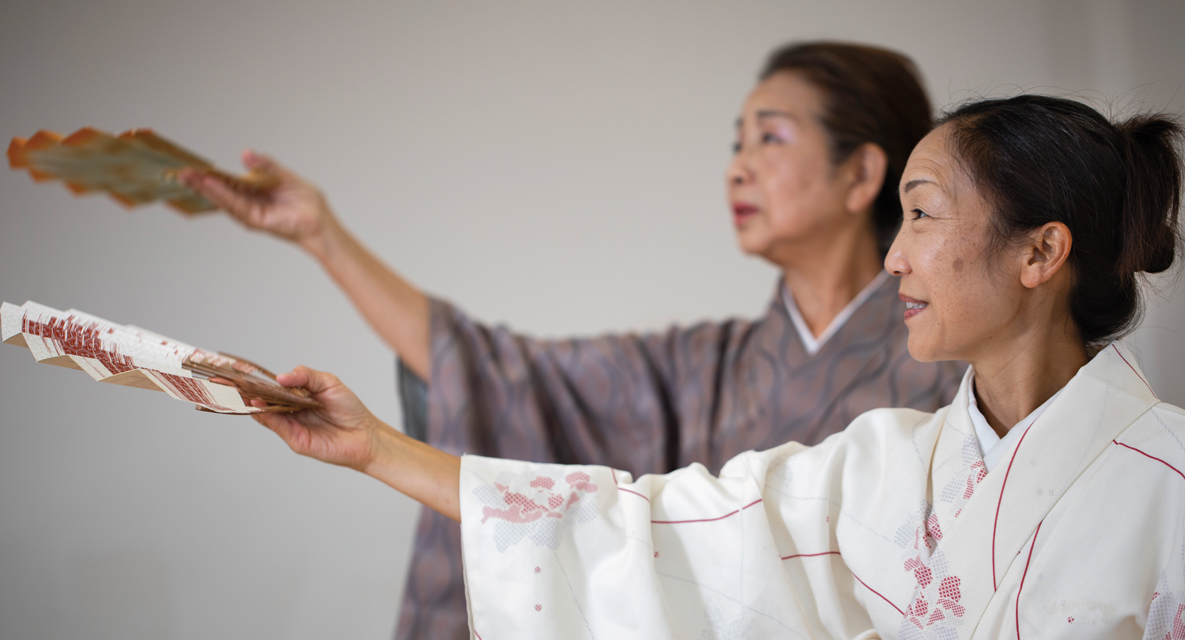
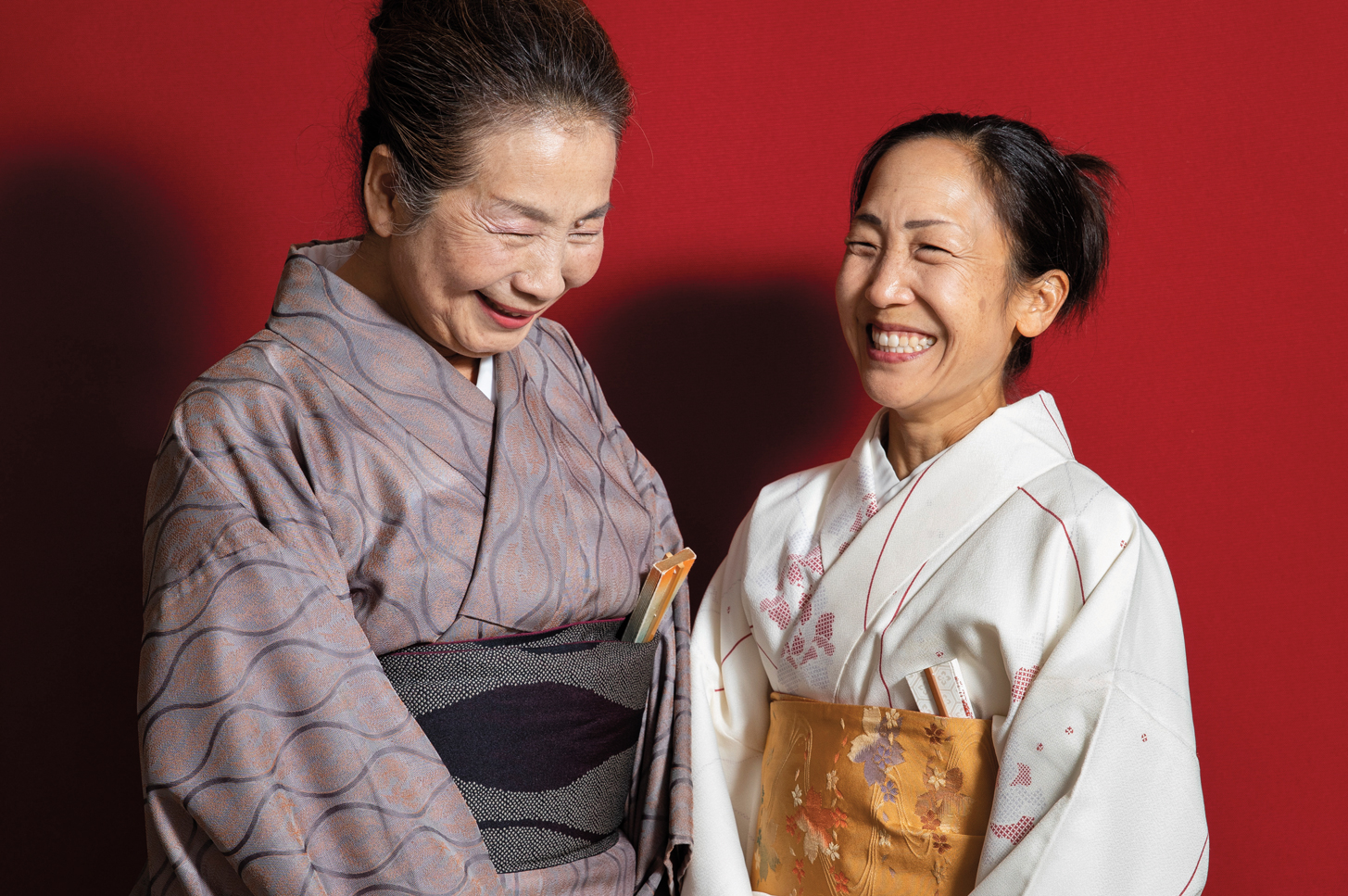
Bando Hiromiya, 67, of Palos Verdes and Bando Hidesomi, 45, of Torrance practice the Nihon Buyo—a 200-year-old style of dance originating in the Kabuki style of theatre—at the Gardena Valley Japanese Cultural Institute. Both women studied under the same teacher, Bando Mitsuhiro, who passed away three years ago. Now they continue her legacy—Bando Hiromiya at Mai No Kai in Torrance and Bando Hidesomi at the cultural center. Women as old as 80 and from different regions of Japan find each other at these studios with a shared love of traditional Japanese dance. For the women, it’s not just about the dance … it’s an opportunity to socialize, exercise and share food and stories. Shares Bando Hidesomi, “In Japanese culture you never achieve 100%. You learn until the day you die.”
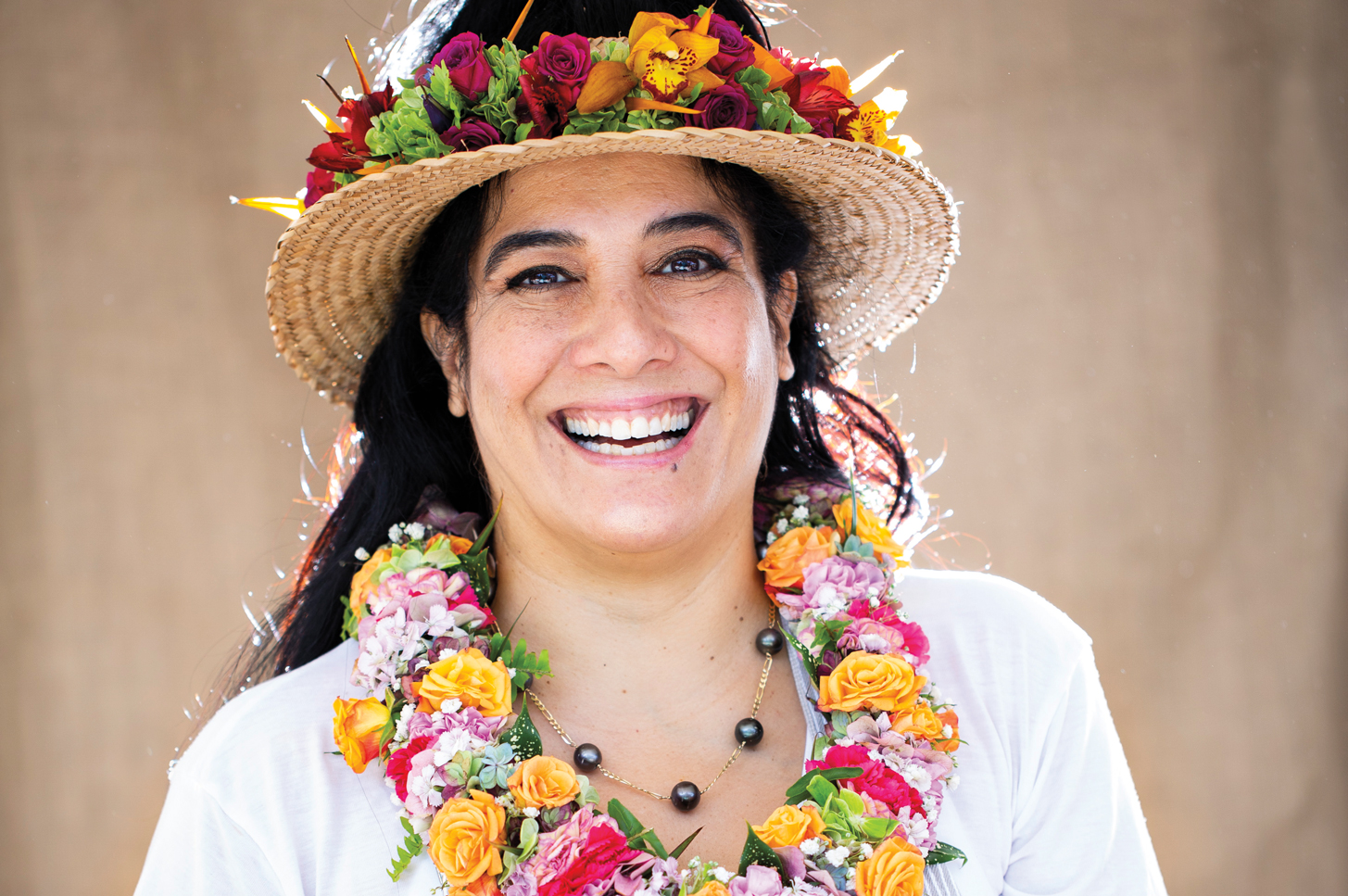
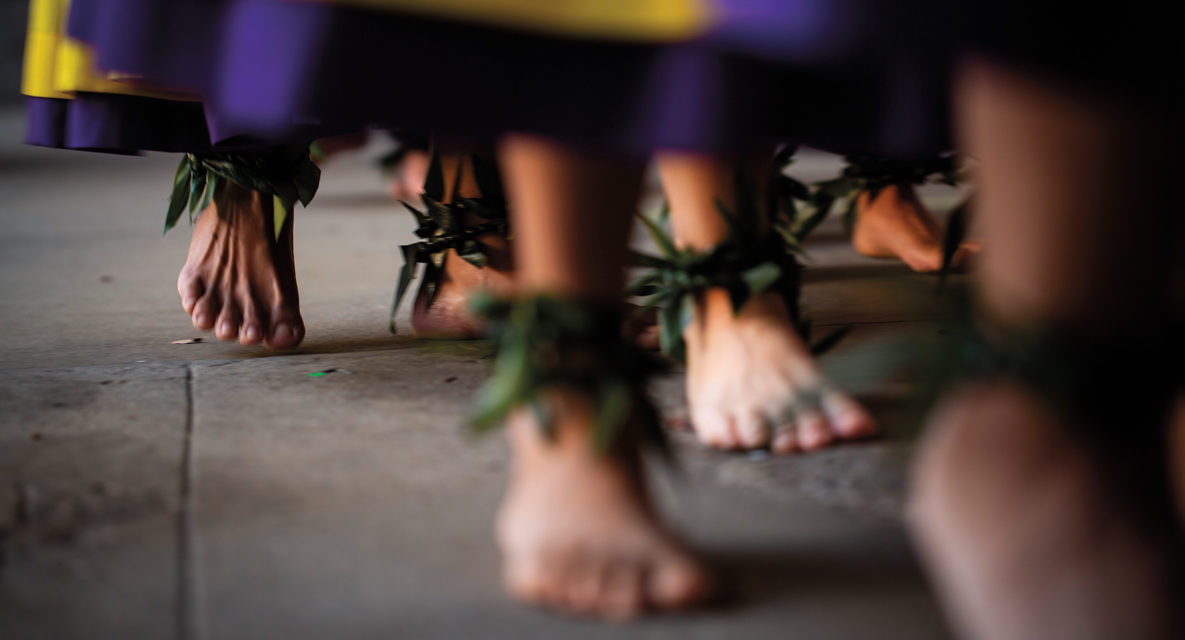
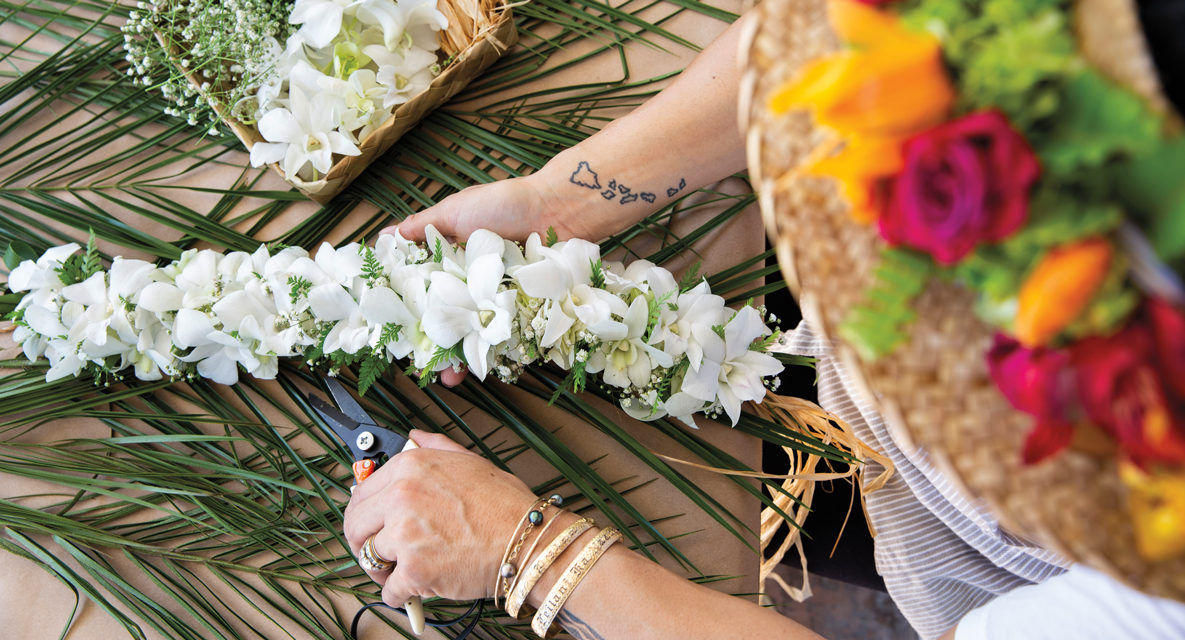
Krista Kupau and Leilani Kanaauao Huggins are “ohana” (Hawaiian for family), but they didn’t understand the depth of that connection at first. Both have sons at Redondo Beach High School and discovered they share ties to an uncle, Palani Vaughan. Both Redondo residents, Krista is the founder of Ohana Dance, and Leilani is a fourth-generation lei-maker. The women come from a long line of Hawaiian artists and educators who have perpetuated the Hawaiian culture as language teachers, cultural preservationists, professional musicians, dancers and Hawaiian environmentalists. The art of lei-making is deep-rooted—a cherished part of the Hawaiian culture, which celebrates any and all occasions by making, sharing and wearing a lei. “The aloha spirit is anywhere you are and the ultimate expression of aloha,” shares Leilani. “We both strive to make our ohana proud doing what we do best.”
Southbay ‘s Annual Spring Style Guide Has the Latest Fashion Trends, Jewelry, Home Goods and Gifts!
Shop local and support our amazing businesses.






